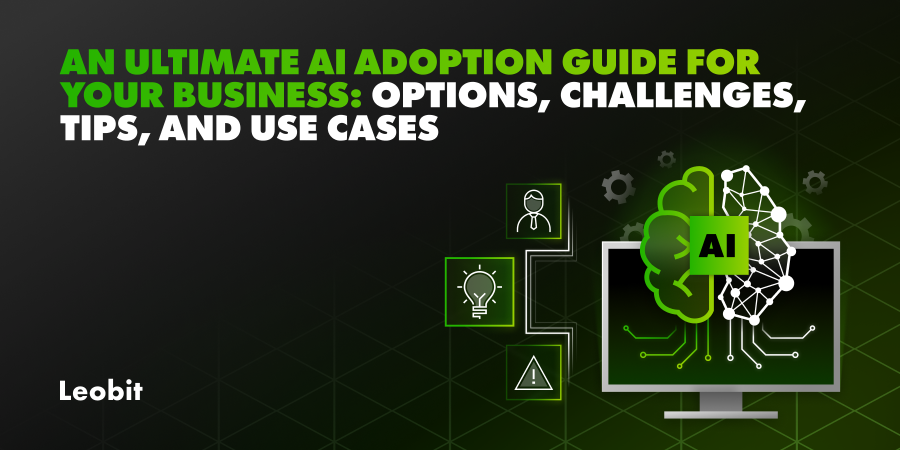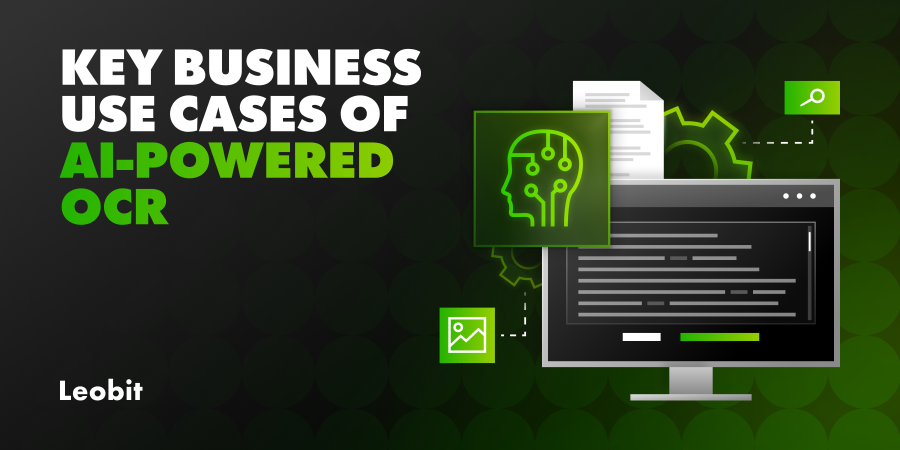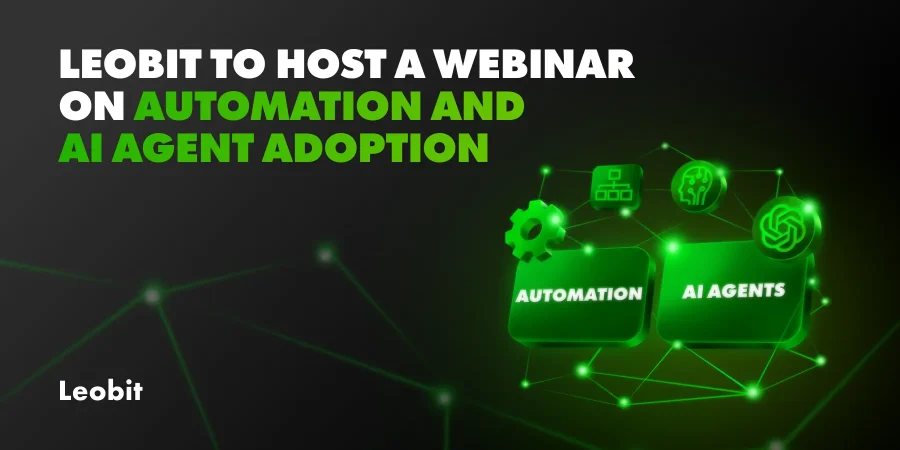Disclaimer: In this article, I share my journey of switching from CEO to developer to build an “AI Sales Email Auto-response” solution completely by ChatGPT—without writing a single line of code myself. The second part of this article will reveal the future migration to Google Gemini and Azure OpenAI Service as pre-trained models, explore the landscape of LLMs, and share how companies can benefit from implementing AI tools based on corporate LLM. This text was written entirely by a human, without any AI generation or review.
In November 2022, OpenAI released ChatGPT and made DALL-E 2 available to the public. Initially, we were amazed, then we laughed at its mistakes and hallucinations. We tested how good it was, checked if it could “add 2 plus 2,” and even tried convincing it that “2 plus 2 is 5.”
However, the initial issues were fixed faster than we could have imagined. Objectively, GPT-3.5 wasn’t bad, but just a few months later, on March 14th, 2023, GPT-4.0 was released, and it was a game changer.
Our position as the smartest creatures was suddenly in jeopardy, and we switched to a defensive and critical mode:
- “But GPT (generative pre-trained transformer) can’t create anything truly new.”
- “It only rephrases existing text.”
- “Maybe some jobs, but my job can’t be replaced.”
Soon after, we started using it for our daily tasks and loved it. The pace of innovation has become so fast that now it’s not a question of whether you should implement AI in your company, but rather—aren’t you already behind? The release of ChatGPT-4o in May made it even a bit scary.





















